Arecent issue of POWDER magazine, a well-respected and widely circulated skiing and snowboarding journal, featured “The Most Important Ski Area in America.” It profiled Mount Abenaki, a small town-owned facility in Wolfeboro, New Hampshire, which symbolizes, according to the author, all those local ski areas – once considered endangered species – that are making a comeback.
The meager 18 acres of terrain and 200-foot vertical drop at Mount Abenaki represent the hundreds of hometown ski hills where most Americans actually learn to ski – the feeder grounds that for generations have hooked us on the notion that there’s no better place in the world to spend a winter day than sliding down a snowy “mountain.”
Mount Abenaki “is standing proof that a small, town-run ski hill cannot only survive in the shadow of corporate resort takeovers, it can flourish,” the article said.
Just look at the 87 identified ski areas in New England and fewer than 20 are what might be referred to as destination resorts. The rest are like Titcomb, Abram, Baker, Squaw, Hermon, Spruce, Lonesome Pine and Lost Valley right here in Maine, places where it’s all about the sport and not the business. Places where kids can be dropped off safely for Learn-to-Ski programs at low and in some cases no cost. Places where day and season pass rates are held intentionally low so newcomers can be introduced to, and fall in love with, skiing and boarding. Where local volunteers provide many of the services from hosting to teaching to patrolling.
IT’S HAPPENING IN CAMDEN
Just west of the beautiful town overlooking Penobscot Bay, the town-owned Camden Snow Bowl not only stands as the perfect example of the phenomenon recognized by POWDER magazine, it could well be the best example in the country of how public and private interests can be conjoined for the benefit of all. Not just to sustain the operations of a local hill, but to develop the facilities in such a way that the entire ski experience can compare favorably with what one will find at a resort. And far from competing with its bigger brethren, it will help assure a continuing supply of new entrants into the sport, for the benefit of all.
A mecca for midcoast skiers for some three-quarters of a century, the nearly 1,000 vertical-foot terrain on Ragged Mountain has bred and happily satisfied generations of Alpine enthusiasts, beginning with a modest rope tow installed by the CCC Boys in the late 1930s. It now stands as one of only two ski areas in Maine started before World War II still in operation. And the only one bearing its original name – the other, Shawnee Peak, began its life as Pleasant Mountain
Over the years the facility, like all ski areas, public and private, has suffered the vicissitudes endemic to the business of trying to operate such a facility and improve the experience for its users. But this year marks a watershed for the Camden Snow Bowl, as it has embarked on the first phase of a two-year improvement project that stands as the most dramatic – and at $6.5 million, the most expensive – development at any ski area this year in Maine (and perhaps New England).
This summer’s program, well on its way to successfully meeting its completion target for opening day Dec. 20, has been focused on lift, trail and snowmaking upgrades, representing about two-thirds of the entire expense of the redevelopment. The remaining work involves the replacement of the existing base lodge, which will be undertaken in the summer of 2015.
The entire redevelopment project marks the culmination of some five years of work by the citizen-constituted Ragged Mountain Recreation Area Foundation and a town-appointed redevelopment committee, not to mention town administrators, Snow Bowl staff and, perhaps most important, Camden voters who overwhelmingly approved a $2 million bond issue in the fall of 2013.
The Capital Campaign Committee of the Foundation successfully garnered the necessary $4.5 million in private commitments to trigger the municipality’s acceptance of the responsibility to fund the balance of the project.
TOP-DOWN APPROACH
This past summer has seen a flurry of mountainside activity, beginning with tree harvesting starting the day following the closure of the Snow Bowl last spring. This allowed trees to be skidded down the still snow-covered slopes, preventing any damage to the underlying soil. Unable to complete the project before the snow completely melted, the contractor couldn’t avoid creating some erosion problems resulting in some damaging run-off precipitated (no pun intended) by two June deluges.
But rapid response mitigated the damage, and there were no negative long-term environmental impacts. A well-known international ski trail construction firm from Vermont was then retained to undertake all of the trail contouring and completion, with outstanding results.
Much of their work involved the use of an mulcher that chipped trees in place, down to below grade, leaving a smooth, fertile mix of chips, topsoil and mineral soil.
Near the top of the unloading area for the “new” triple chair (which old Pleasant Mountain skiers will recognize as the original triple there), at about the same elevation as the top of the long T-bar that it has replaced, blasting has creating a skier-friendly unloading area. Additional ledge blasting and removal along the lift line has helped shape the terrain for improved skiability while providing fill material to level out some problem areas.
A new race start area has been prepared slightly above the upper terminal of the triple chair, increasing the vertical available for competitions, and the entire top 1,000-foot distance of the Northeaster and Mussel Ridge trails has been shaped and seeded.
One added benefit of the opening of terrain from the top is that the heretofore spectacular view of Camden and Penobscot Bay has been even further enhanced, and Bald Mountain to the north has become much more visible and prominent.
NEW AND IMPROVED
Skiers familiar with the Snow Bowl will have a hard time recognizing the terrain when they pay their first visit to the Snow Bowl this season. And first-timers are in for a pleasant surprise.
The repurposing of the antiquated double chair is on schedule, as its removal opens up more of Mussel Ridge and the area to the east of the base lodge.
The lower nine towers and both terminals of that lift are being moved and reinstalled at a point paralleling the old short T-bar, and terminating slightly higher up the mountain on a welcoming, beginner-friendly plateau. This responds to what has historically been the Snow Bowl’s principal shortcoming: Easy terrain within clear view of the base area that beckons beginners eager to test their skiing skills. In prior years it was a long leap from the little handle lift on the nearly-flat terrain at the bottom of the steep slope in front of the lodge to the chair taking them to a point much higher up on the mountain. The small T-bar being replaced by the double chair has always been a problem to ride and master for first-timers, so the new beginner area may, in the long run, prove to be one of the most important elements of the redevelopment.
Even the previously intimidating steep slope in front of the base lodge has been recontoured to reduce the transition between its two segments to produce a much more visually enticing and inviting area for first-timers and neophytes, not to mention great spectating for non-skiers in and on the deck of the lodge.
Although not in the original plan, a generous and substantial gift to fund the installation of a Wonder Carpet conveyor – a perfect way for beginners to test their ski legs – will enhance the learning experience and add a new dimension to the beginner area.
Whereas in past years all of the terrain served by snowmaking off the short T-bar was to the west of the lift, with no novice terrain easily accessible, major recontouring and shaping of the Coaster trail to the east will provide an easy and inviting opportunity for first-timers to descend to the base area.
Although the lift and trail improvements alone would make this summer’s work at the Snow Bowl the biggest news in Maine skiing this year, perhaps the expansion of, and improvements to the snowmaking system could be the most important component of the entire project.
ENHANCED SNOWMAKING
Whereas only about 45 percent of the skiable terrain at the area benefited from man-made snow in the past, this season will see a doubling of that to more than 80 percent. Four miles of pipe has been installed to carry compressed air and water to most of the terrain. The importance of this capability to a ski area, especially along Maine’s coastal plain, cannot be overstated. History has shown that without snowmaking, the Snow Bowl would probably not have survived to this point. But the ability and capacity to make snow virtually assures continuous skiing from opening until closing day. This assurance is one of the reasons the community stepped up so generously and confidently to help fund the bold redevelopment project.
Forty-six new high-efficiency snow guns have been added, thanks to substantial incentives from Efficiency Maine. A second 400-horsepower water pump will virtually double the rate at which snow can be made.
As the ski season fast approaches, the flurry of activity at the Snow Bowl will only accelerate. Installing two lifts in one summer is a challenge, and it’s always a race to get lifts operational for a targeted opening day. Dec. 20 looms, towers for the triple are being refabricated to fit the contours of Ragged Mountain, and work continues on schedule.
The towers for the double chair, with adjustable cross members, require virtually no modification, so its installation is the easier of the two lift projects.
Plans call for the placement of all the lift towers by helicopter during the week prior to Thanksgiving.
New lights will assure top-to-bottom post-sunset skiing, and modern LED fixtures are projected to consume about half the power of the bulbs they replaced.
Plans for replacement of the base lodge, scheduled for next summer, appear to be on schedule as well. The architect’s renderings have garnered universal approval, and the new lodge will be eagerly awaited by skiers and boarders who may well find this season’s accommodations to be a little cramped, given the anticipated popularity of the completely new and expanded Snow Bowl.
Congestion should be alleviated by a considerable degree, however, as the rental shop, ticket sales, and ski and ride school desk have been relocated in a new, temporary building accessible off the front deck. And during especially busy times, lift tickets will also be sold from a window facing the deck.
With an increase in the skiable terrain by 35 percent, night skiing terrain up 50 percent, lift capacity increased by 64 percent (100 percent to the summit) and snowmaking capability increased by 100 percent, the Snow Bowl can promise a very different experience. By increasing the uphill capacity from the previous 2,125 people/hour to some 3,300 people/hour, the facility has taken the necessary steps to ensure that more people than ever can enjoy and appreciate this midcoast treasure.
John Christie is a former ski racer and ski area manager and owner, a ski historian and member of the Maine Ski Hall of Fame. He and his son, Josh, write columns on alternating weeks. He can be reached at:
jchristie@fairpoint.net
Send questions/comments to the editors.

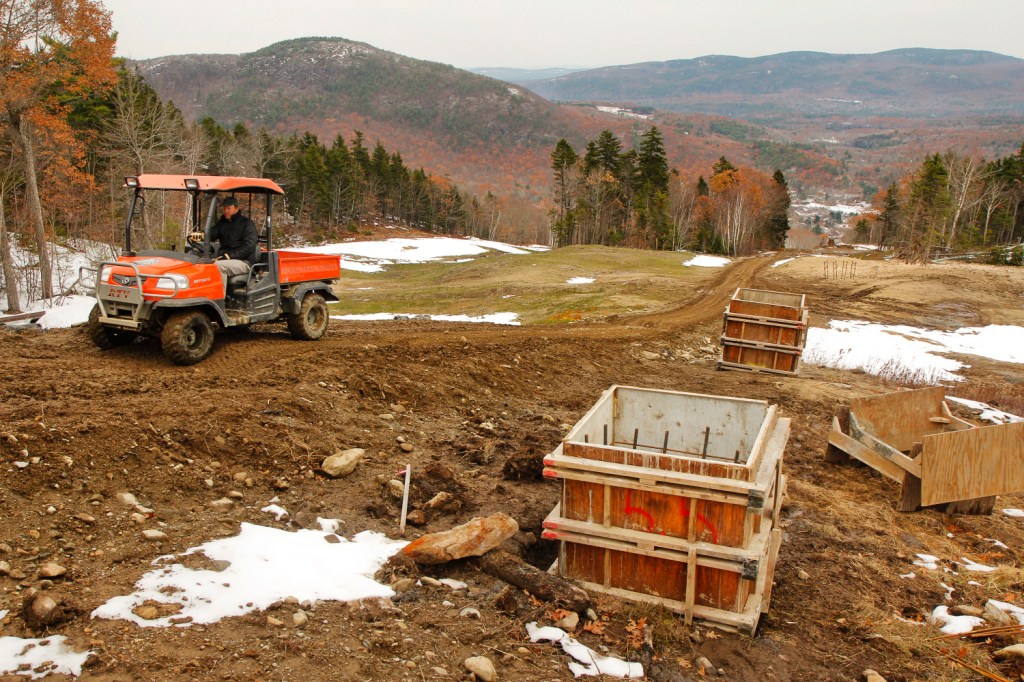
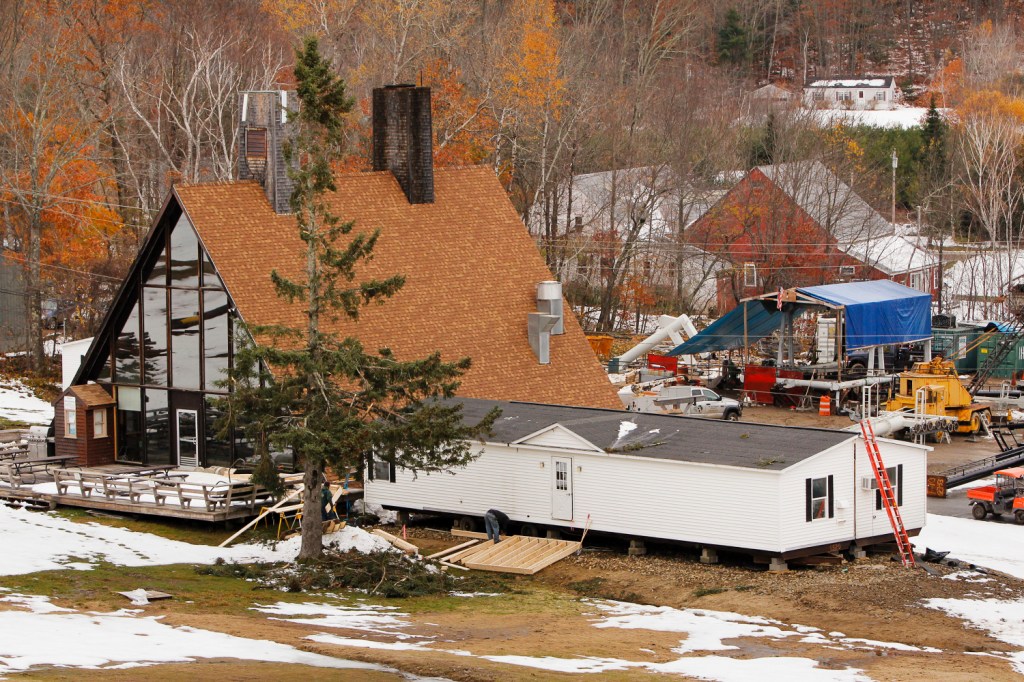
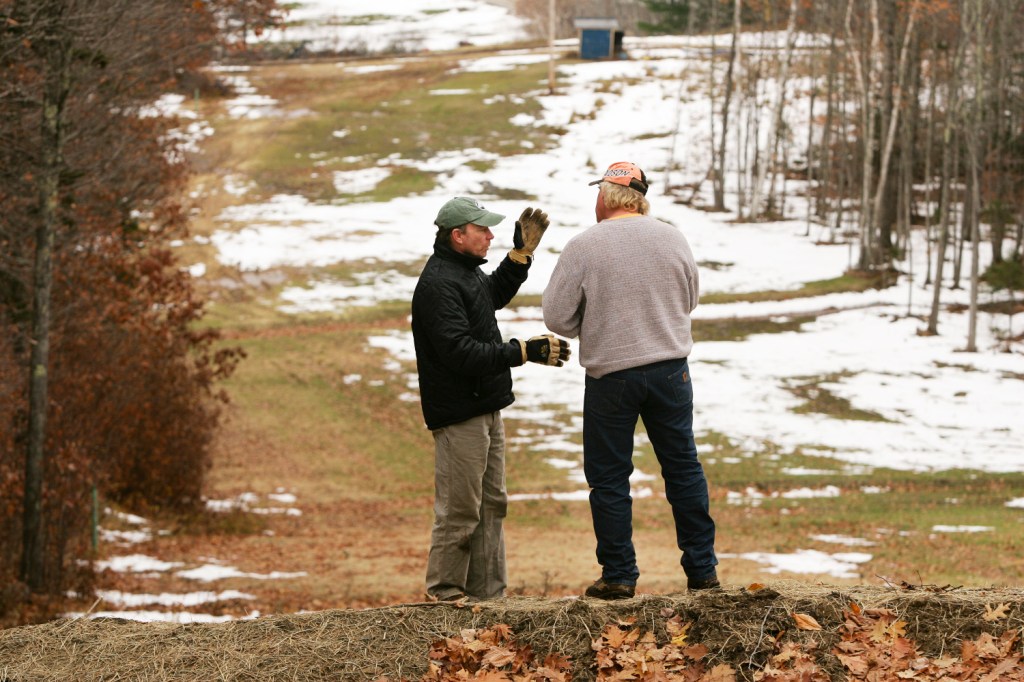
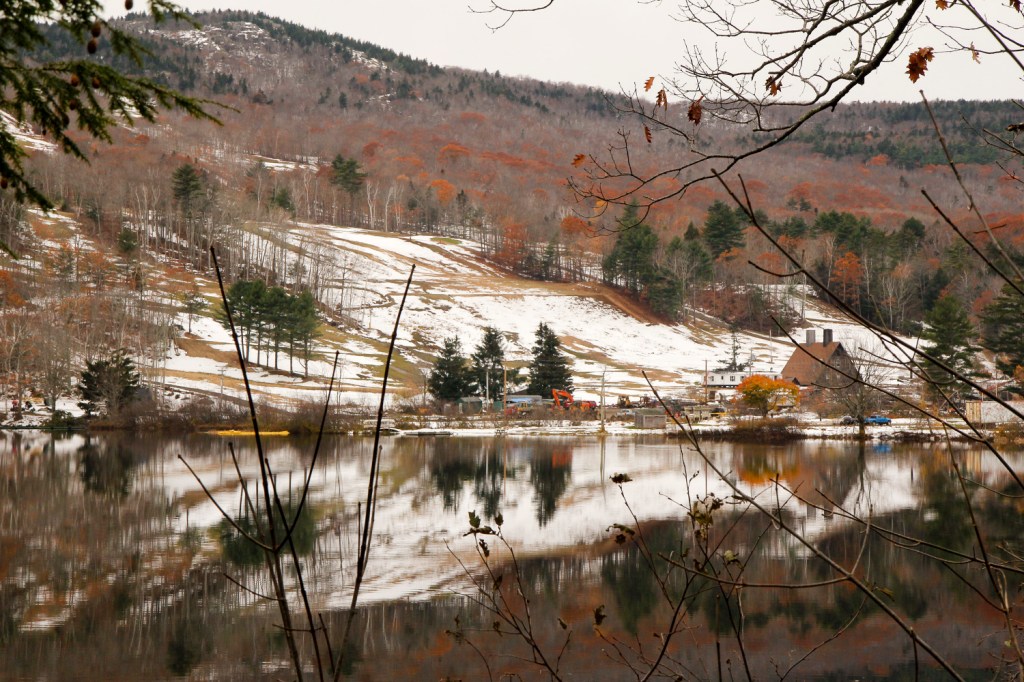
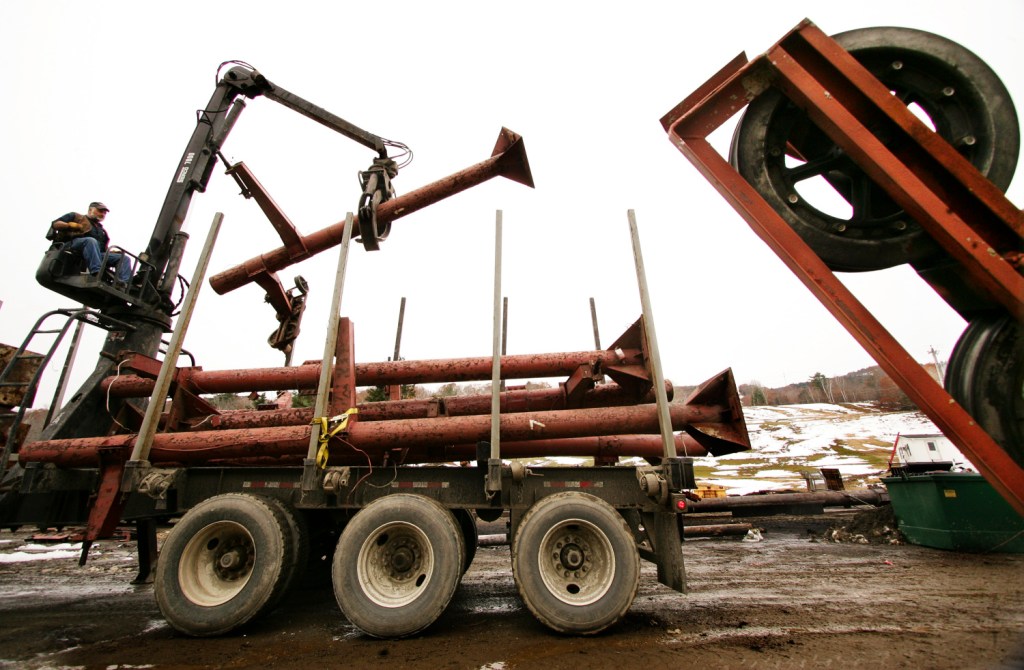
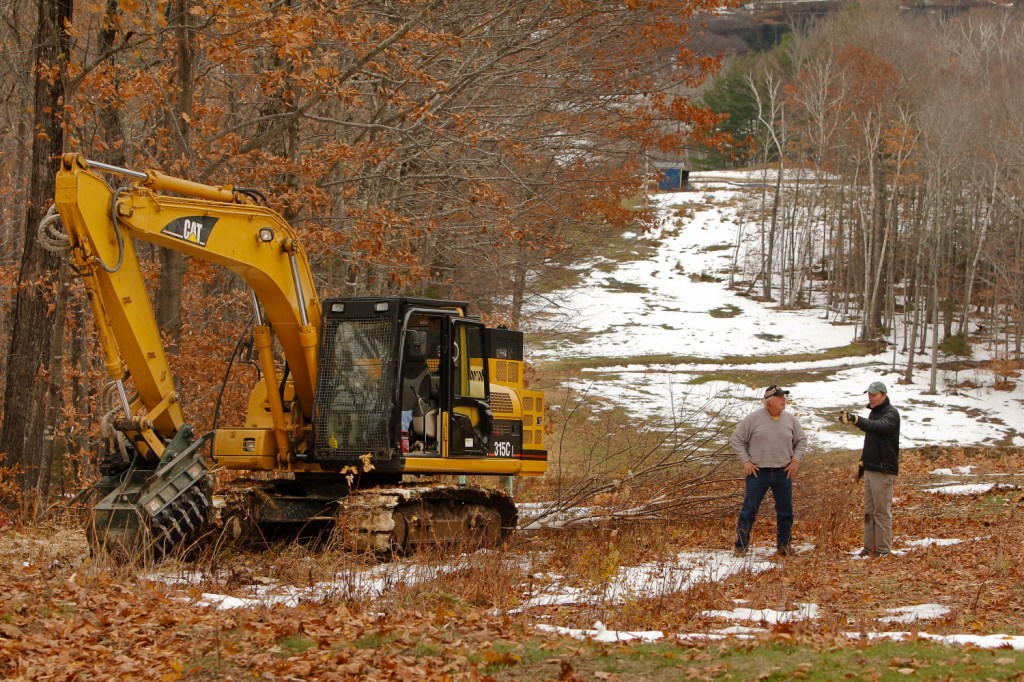
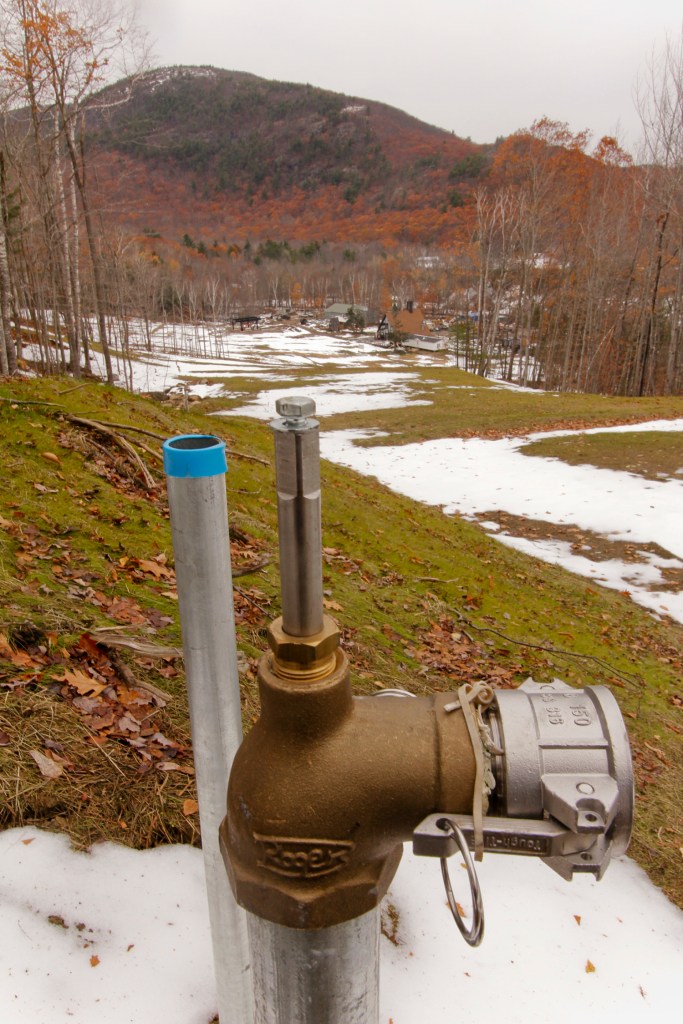

Success. Please wait for the page to reload. If the page does not reload within 5 seconds, please refresh the page.
Enter your email and password to access comments.
Hi, to comment on stories you must . This profile is in addition to your subscription and website login.
Already have a commenting profile? .
Invalid username/password.
Please check your email to confirm and complete your registration.
Only subscribers are eligible to post comments. Please subscribe or login first for digital access. Here’s why.
Use the form below to reset your password. When you've submitted your account email, we will send an email with a reset code.